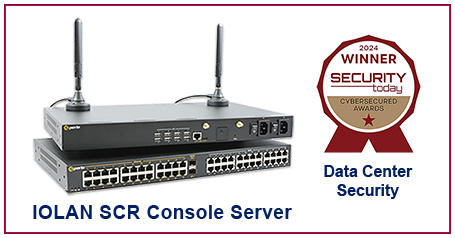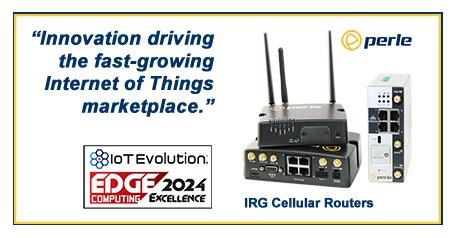
Circumventing subscription issues is an FTTH must
By Max BurkhalterAugust 21, 2013
On top of all of this, many households are entering a multi-device environment in which one family member may be playing a video game with a friend through the network, another may be video chatting with a tablet and a third streaming video on a laptop. This usage model requires high-performance networks.
FTTH and similar fiber-based networks are designed with the idea of the multi-device household in mind. As most telecom networks are designed, internet performance is not only impacted by a single household's performance, but also by the other homes connecting to a single node. A home where multiple devices are being used for data-rich functions at the same time can get by without fiber now. However, when more households embrace multi-device setups, the need for FTTH will become clear.
This leaves telecoms with a major problem problem - most consumers will not pay more for better network performance unless they really need it. Instead, they generally wait until the new network capability is mainstream enough to be available at a fairly normal cost. combine this with the fact that only isolated households are currently using so much bandwidth and you have a recipe for low subscription rates.
Working around the subscription issue
The overarching problem is that telecoms need to get going on FTTH to meet future capacity demands, but also need to maintain enough profits to stay afloat until FTTH gains subscription steam. One of the best ways to do this is to reduce the amount of money being spent on network deployment. Fiber to Ethernet media converters can be an ideal tool in this area. They not only resolve compatibility issues in the network, but do so while offering advanced capabilities and keeping costs under control.
Perle has an extensive range of Managed and Unmanaged Fiber Media Converters to extended copper-based Ethernet equipment over a fiber optic link, multimode to multimode and multimode to single mode fiber up to 160km.



